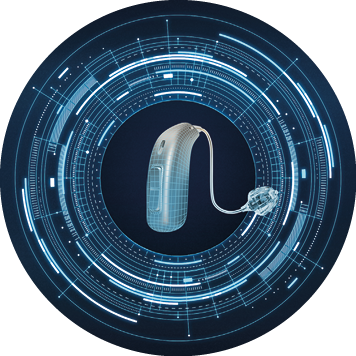
This blog post was last updated on 12/01/2024
New year, new hearing technology. Over recent years, we’ve seen many manufacturers releasing incredibly advanced and discreet hearing aids, and this year is no different so we’re here to share our top picks with you.
Here is our review of the best hearing aids available in the UK for 2024.
Hearing Aid Review index
Oticon Real
Building on the legacy of Oticon More, the latest edition to the Oticon hearing aid family has several unique features that stand out against other hearing aid manufacturers. The Oticon Real is available in various colours and three different technology levels; Real 1, Real 2 and Real 3, with Real 1 being the most technologically advanced.
The Oticon Real is available with a lithium-ion rechargeable or non-rechargeable battery option, both of which are visually similar and benefit from a telecoil system built in. The rechargeable battery option comes at a higher price, however you quickly reap the benefits of not needing to purchase batteries regularly.
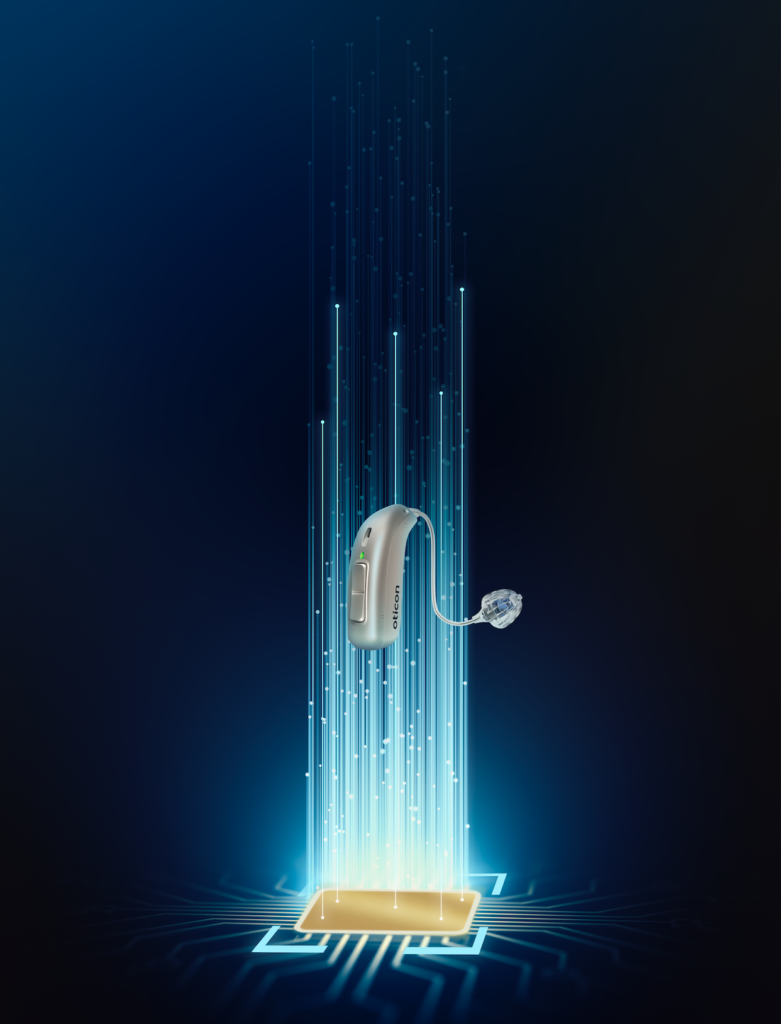
Oticon Real hearing aid features
The new Oticon Real hearing aid family are packed full of features, two of which are exclusive to these hearing aids alone, and work seamlessly to support existing features, giving you an authentic hearing experience that is clearer than ever before.
Oticon’s deep neural network
One of Oticon’s standout features is its built-in deep neural network which tells the hearing aid how to react to sounds to offer clear, true-to-life hearing.
Oticon state they are the first manufacturer to use 12 million sound scenes recorded from real life to train the hearing aids’ deep neural network on how sounds should sound to the human brain. This helps the hearing aid accurately decide how to react to specific noises, focusing on delivering the sounds that you want to hear, whilst cancelling out the sounds you don’t.
The Oticon Real hearing aids have been designed with two new features that enhance this feature further; SuddenSound Stabilizer and Wind & Handling Stabilizer.
SuddenSound Stabilizer
The SuddenSound Stabilizer, which runs under the MoreSound Amplifier 2.0, provides dynamic and balanced amplification that reacts to the nature of the sound scene and adapts its resolution to bring you a natural listening experience without overwhelming you with environmental sounds.
SuddenSound Stabilizer is designed to detect both soft, loud and sudden sounds and control them so they’re audible without being uncomfortably loud, intrusive or unnatural.
Wind & Handling Stabilizer
The Wind & Handling Stabilizer feature, which runs alongside MoreSound Intelligence 2.0, makes following and engaging in conversation easier, especially whilst in noisy environments.
This intuitive feature scans your sound scene 500 times a second and organises and delivers the sound based on how the deep neural network determines is the clearest and most accurate to life. And, as the name suggests, the Wind & Handling Stabiliser feature also combats unwanted noise caused by wind sounds and from handling the device.
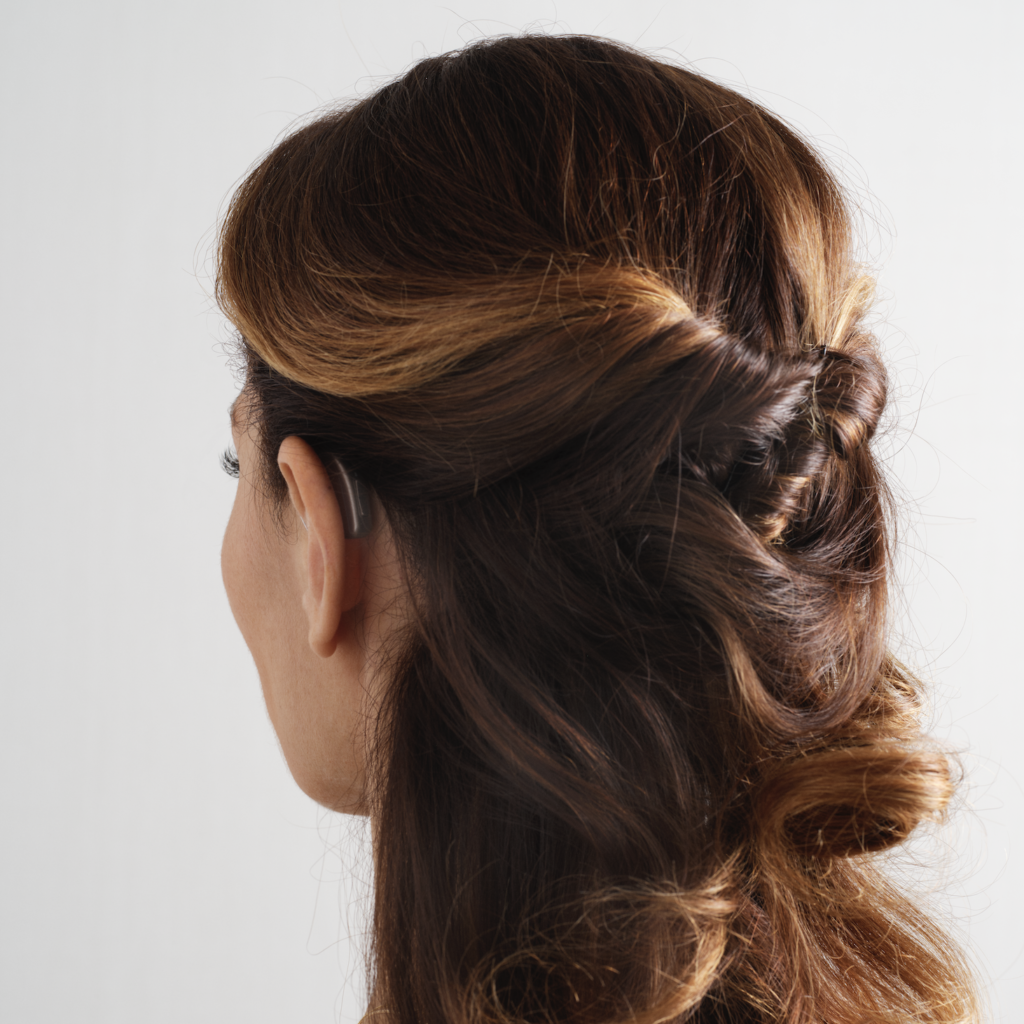
Bluetooth and intuitive mobile app
Bluetooth is built into many modern hearing aids, including the new Oticon Real hearing aids, and although this feature alone isn’t something that’s groundbreaking, their updated mobile app certainly is. With these new updates, the Oticon mobile app gives users greater control over their hearing aids and customises their experience to suit their needs.
If you’re unfamiliar with the benefits of Bluetooth hearing aids, they allow you to stream phone calls and entertainment such as music, radio and podcasts straight to your hearing aids, as well as adjust their settings using apps as previously mentioned.
Tinnitus SoundSupport
Oticon’s Tinnitus SoundSupport is a sound generator that seamlessly integrates into the day-to-day functions of your hearing aid. This program allows you to play various sounds, such as crashing ocean waves or white noise, to distract your attention away from tinnitus-related ringing.
Oticon Real features breakdown:
- 3 different technology levels
- Non-rechargeable and rechargeable lithium-ion battery options
- Telecoil system built-in
- Intelligent deep neural network for true-to-life sounds
- 2 new features; Wind & Handling Stabiliser and SuddenSound Stabiliser
- Built-in Bluetooth and mobile app
- Tinnitus SoundSupport technology
Starkey Genesis AI
Starkey released their Evolve AI family of hearing aids exactly three years ago now, and they’ve been drip-feeding us various models using the Evolve AI technology ever since then.
So, the big question is, is the new Genesis AI a big deal? There are occasions when hearing aid manufacturers bring out a new hearing aid and update an existing chip with a few additional benefits, and it’s safe to say that whilst this is a positive step in the right direction, it’s not always a huge leap in terms of technology. And this was the case with the Evolve AI’s.
However, this isn’t the case with the Genesis AI’s, which are brandishing a brand new chip, a brand new style, and a brand new app. But that’s not all. Starkey are boasting that it’s a whole new patient experience, and also a brand new fitting software for audiologists, which hasn’t happened from Starkey in a long time.

Starkey Genesis AI design features
This entirely new family of hearing aids from Starkey looks very different from their predecessors, including both receiver-in-canal and custom models. Based on some of their claims, it sounds like they’ve also supercharged them.
RIC RT
Their receiver-in-canal RT is rechargeable with the telecoil, and Starkey are boasting that it will be the longest-lasting rechargeable receiver-in-canal hearing aid on the market, holding up to 51 hours on a single charge.
mRIC R
This will be a smaller hearing aid which is also rechargeable, providing 41 hours on a single charge.
Custom Genesis AI hearing aids
In true Starkey fashion, they’re also releasing a host of custom hearing aids. These range from the invisible-in-canal non-wireless, completely-in-canal non-wireless, in-the-canal or half-shell, and in-the-ear rechargeable for which Starkey are claiming another industry record for a rechargeable custom product with a battery life of 36 hours on a single charge.
Neuro Sound Technology
In the Genesis AI range, the new processor called the Starkey Neuro Processor is the smallest they have ever made, and it’s also the fastest – processing information four times faster than their previous technology. And it does so more efficiently, leaving more capacity to process speech and process any background noise around you.
This also feeds into what Starkey are calling their Neuro Sound Technology, which automatically adjusts the hearing aids over 80 million times per hour, which is more than 22,000 times per second, to provide optimal hearing for any listening situation.
They’ve also developed a more advanced compression system, with the aim of this being to reduce listening effort so rather than trying to find the sound you want to hear, the hearing aid should be able to clean up the signal in front of you and present you with a nice clean piece of information.
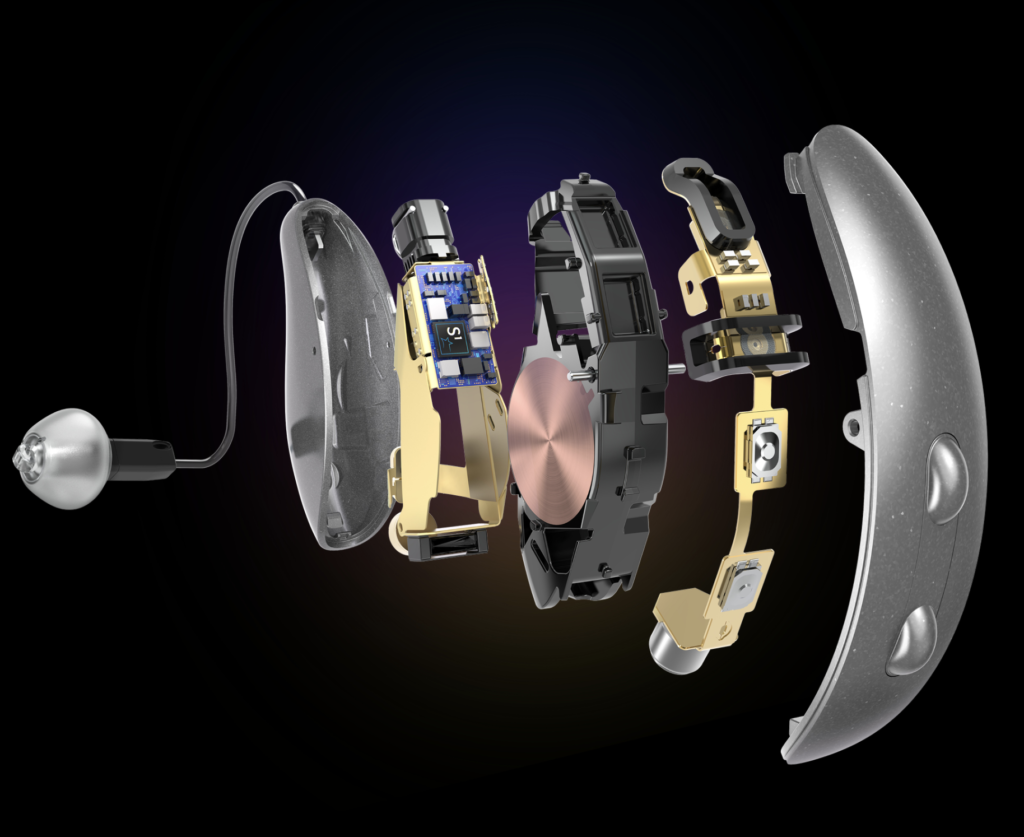
New Starkey app
Starkey has also announced that they will be launching a completely redesigned app to be far more intuitive for hearing aid users.
All of the great features from the Evolv AI are used as a foundation for this new technology, including various unique features such as their Edge Mode Plus which uses the deep neural network to prioritise clearer speech or listening comfort, or even their language translation which they’ve now boosted from 27 to 77 different languages. They’ve also kept their built-in 3D sensors for health and wellness tracking.
Further Starkey Genesis AI features
There are a whole host of other features accompanied by impressive numbers that work together to significantly enhance speech and suppress noise, resulting in a transparent and natural listening experience whether you’re in either noisy or quiet environments. These features are:
- 600 more transistors
- Five times more computational memory
- 10 times more non-volatile memory compared to the Evolv AI
- 10 times faster noise reduction
Starkey Genesis AI features breakdown:
- 4 different technology levels across 2 models
- Neuro Processor technology
- Enhanced Bluetooth connectivity
- Edge Mode Plus; an improvement on Edge Mode AI
ReSound Nexia
Danish hearing aid giants, ReSound, recently announced their next generation of premium hearing aids: the ReSound Nexia family. The range includes four brand new premium hearing aids, plus the beginning of an entirely new family of hearing aid accessories.
*** Harley Street Hearing are delighted to have Resound’s new Nexia range exclusively in the UK***
You can trial first with us call 020 7486 1053 or complete the form below.
Nexia hearing aid range
Initially, the new Nexia hearing aids are all available in a receiver-in-canal style, with the hearing aid itself sitting behind the ear and a thin wire running down into the ear canal.
The Nexia RIE 13 uses a size 13 disposable battery and has a built-in telecoil.
The Nexia RIE 312 uses a size 312 disposable battery and has no built-in telecoil.
Then we have the Nexia micro RIE which ReSound boasts is their smallest and most comfortable rechargeable hearing aid to date, coming in at 25% smaller than their standard receiver in canal hearing aids, with a single charge giving 30 hours of battery life per charge.
Then finally, ReSound have a brand new CROS system developed for anyone with single-sided deafness.
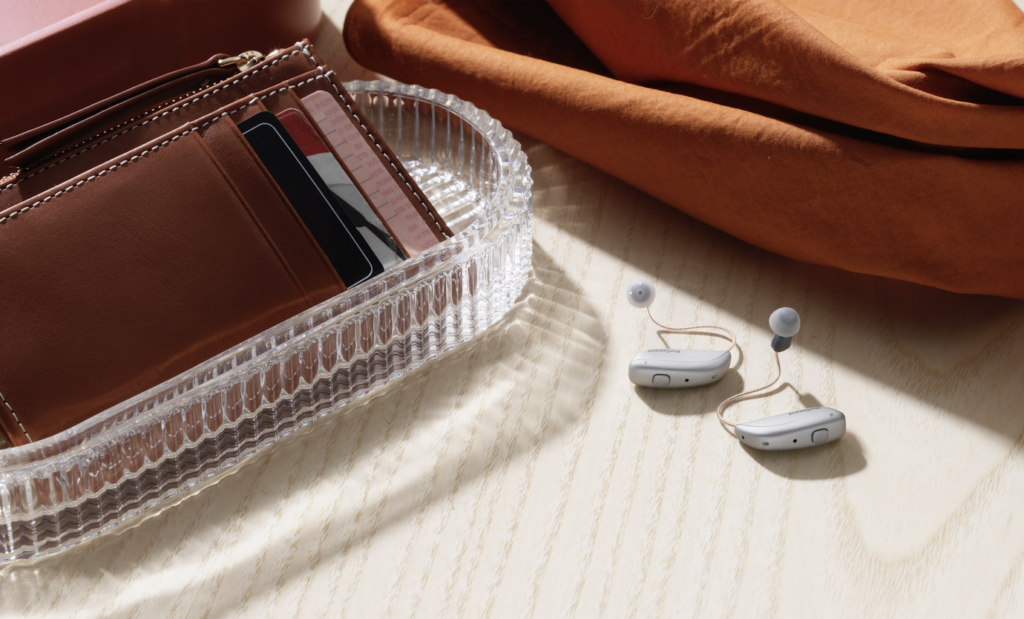
ReSound’s updated technology
With this new range, ReSound have caught up with their competition. For example, Phonak, Unitron, Starkey, and Signia have introduced accelerometers into their micro RIE hearing aids.
Accelerometers have been used in hearing aids for years now, firstly to identify if you’re either stationary or moving, adapting the direction of the microphones accordingly towards the most likely direction of speech, and then secondly, allowing you to answer phone calls with a double tap of your ears, similarly to a set of Apple AirPods.
The second new feature that ReSound have introduced into their hearing aid portfolio is a CROS system. This technology is specifically designed for somebody with an unaidable hearing loss on one side (no hearing at all), and either normal hearing or a hearing loss that requires a hearing aid in the other.
A CROS system is a transmitter that detects any sound that arrives to your poor hearing side and then wirelessly transmits it to the better hearing ear, giving you access to the world of sound in 360 degrees. For example, if you’re sitting on a train with your unaidable ear towards a friend, a CROS system would transmit their voice to a hearing aid in your better hearing ear, allowing you to hear them.
So, while accelerometers and CROS systems aren’t new technology, they are to ReSound so it’s great that they’ve closed the gap between themselves and the competition.

Nexia new hearing aid features
ReSound claim that they have developed their hearing aids for better speech understanding in background noise, which is all down to their signature combination of four microphone binaural beamforming and omnidirectional listening, providing you with a perfect balance of environmental sound and speech clarity.
Their research shows an improvement over and above their Omnia family of hearing aids when it comes to hearing in background noise.
Their second new feature installed in the Nexia hearing aids is called LE Audio, developed in readiness for Auracast installations to roll out. In the next few years, we’ll start to see Auracast broadcasted audio replace the century-old loop systems that are currently built into public venues and will allow for multiple hearing aid users to simultaneously connect to audio in public space, all with an improvement in sound quality and significantly lower battery consumption.
Finally, ReSound has also announced their brand new TV Streamer Plus. This TV accessory connects to your television and streams the TV audio utilising this Auracast technology directly to both of your hearing aids, reproducing the television sound taking into account your hearing loss. This all happens without disturbing the television for anybody else watching, so you shouldn’t struggle to watch your favourite TV show again.
Phonak Lumity
The Phonak Audéo Lumity hearing aid range is available in three different models; The Audéo Lumity R, which is rechargeable; the Audéo Lumity RT, which is rechargeable with a telecoil; and the Audéo Lumity RL, which is their Life version which is waterproof using the same technology as NASA use for their spacecraft and is also rechargeable. All of these models come in the Reciever-in-Canal (RIC) style of hearing aid, making them an ideal choice for those with dexterity limitations.
Each Audéo Lumity model is available across all of Phonak’s technology levels; Essential, Standard, Advanced and Premium. As the technology levels advance, so do the number of features and level of automation.
New to the range is Phonak’s Audéo Lumity Slim hearing aid, which benefits from all the features listed here, but in a modern and sleek slim design.
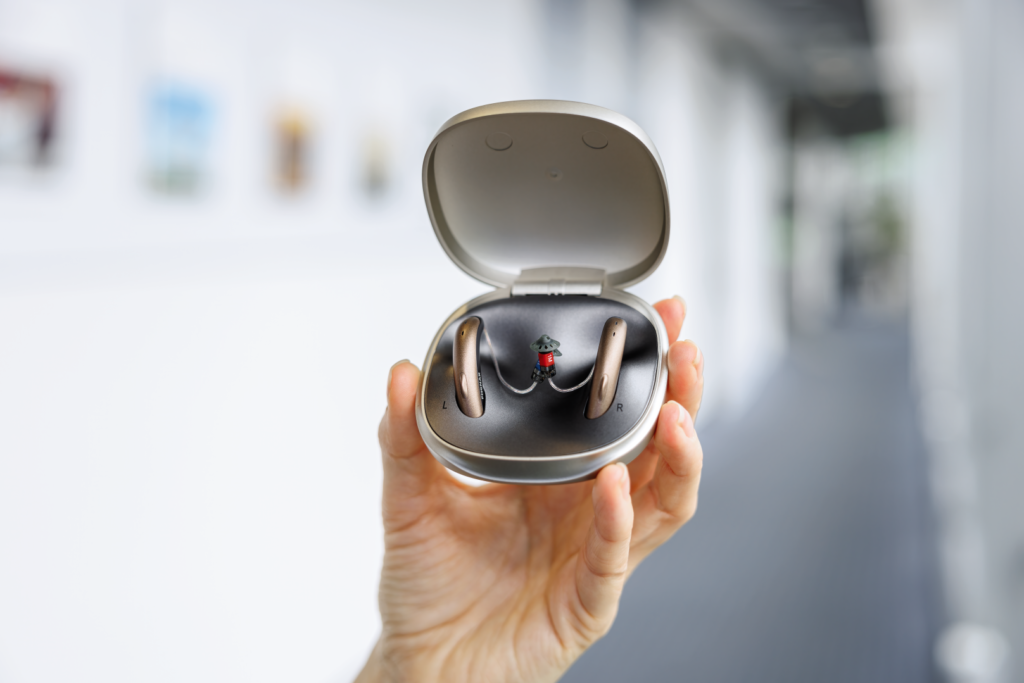
Phonak Audéo Lumity hearing aid features
The latest Phonak Audéo Lumity hearing aids are built using the same computer chip as its predecessor, the Phonak Paradise, and because of this, the Audéo Lumity benefits from many of the same features as the Paradise but with a few additional advantages.
AutoSense
The Audéo Lumity hearing aid family benefits from improved background noise handling capabilities in comparison to the Paradise hearing aids in a number of unique ways. With the Audéo hearing aid comes the debut of Phonak’s AutoSense 5.0, an environmental classifier which scans the environment 700 times per second.
This intelligent feature automatically detects and changes your hearing aid settings to suit the sound scene. These settings can also be fine-tuned to your exact hearing needs by your audiologist, offering you a bespoke hearing experience unlike any other.
Once the hearing aid recognises the environment, it then chooses from 200 different setting combinations to optimise itself specifically for the environment you’re in at the time. Phonak states that with the new AutoSense 5.0 feature, both background noise handling and speech understanding is vastly improved.
StereoZoom
The other new function to feature on Phonak’s new Audéo Lumity hearing aids is StereoZoom 2.0, which is their directional beamforming setting. This smart feature is designed to focus the microphones of the hearing aids directly in front of the wearer in a noisy environment, allowing them to hear only the sounds they want to hear whilst cutting out those they don’t.
According to Phonak, the advantage of StereoZoom 2.0 over the original StereoZoom, is that it’s far more reactive to the environment around the wearer, providing greater awareness of environmental sounds, as well as the person in front of them.
SpeechSensor
The final new addition to debut with the Phonak Audéo Lumity hearing aids is the SpeechSensor feature. The SpeechSensor is a 360-degree speech detection algorithm that allows the wearer to hear more conversations that aren’t coming from the front.
Older hearing aids are designed to aggressively focus on conversations that are happening in front of the wearer, whereas an estimated 20% of conversations happen from the side or behind the wearer; this can lead to a bubble-like feeling during conversations. With SpeechSensor, this bubble effect has been addressed with an omnidirectional setting that detects conversation from any angle without needing to turn your head.

Further Phonak Audéo Lumity features
Phonak isn’t playing around when it comes to improving the wearer’s hearing experience with their hearing aids and has added some unique and helpful features:
- Built-in motion sensors detect the direction in which the wearer is walking and thus the direction of the hearing aid microphone.
- ActiveVent Receiver is a unique adaptive speaker that identifies when you’re in a noisy environment and isolates you from that sound and improves sound quality when listening to music.
- Traditional Bluetooth capabilities mean you can connect to phones, laptops or computers, and other Bluetooth devices; it even allows you to have hands-free phone calls.
- An overhauled mobile app that gives wearers greater control over their hearing aid settings, including creating custom programs and offering a hands-on approach to adjusting settings
Phonak Audéo Lumity features breakdown:
- 4 different technology levels across 3 models
- All models are rechargeable
- Telecoil and waterproof versions available
- Improved background noise-handling
- 3 new features; AutoSense 5.0, StereoZoom 2.0 and SpeechSensor
- Traditional Bluetooth to connect with any Bluetooth device
- myPhonak app for ultimate control
Signia IX
Signia have a history of designing hearing aids that are unique in their attempt to break the stereotypes associated with hearing aids, and the Signia IX range is no different. These unique features are available across four Signia IX models; the Pure Charge & Go IX, which is their rechargeable model; Pure Charge & Go T IX, which is their rechargeable model with a built-in telecoil; the Pure 312 IX, which is a disposable battery option; and the Styletto X, which we believe is the most stylish of the range.
The Pure Charge & Go hearing aid comes in five different technology levels; 1, 2, 3, 5, and 7IX which is the most advanced.
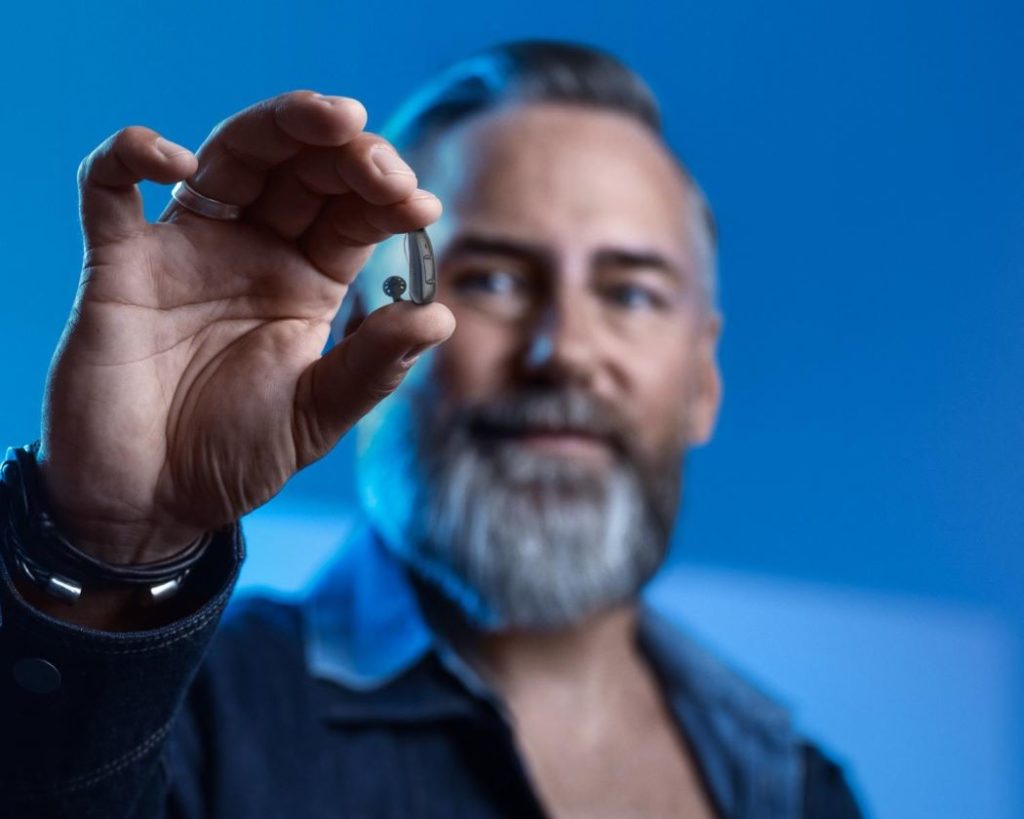
Signia IX hearing aid features
The new Signia IX hearing aids benefit from a wealth of game-changing features that make them stand out against their competitors, as well as improve on their predecessors.
Built-in dual processors & Augmented Focus
The main selling point of the Signia IX models is their dual processor technology. This allows the aids to process the sounds that are in focus, such as speech, whilst also focusing on the environmental sounds without processing too much acoustic information at the same time. Thanks to the dual processors, each signal is treated differently, with the speech receiving more linear amplification whilst unwanted noise is given greater levels of compression.
This is where the Augmented Focus comes in. With Augmented Focus, the hearing aids have the power to differentiate the sounds and control how these sounds are combined, prioritising the speed of each and creating a great contrast between speech and background noise.
The end result leads to clearer speech and higher levels of clarity within the details of speech whilst minimising background noise in situations such as groups, crowds or noisy listening environments.
Signia Assistant Artificial Intelligence
AI is all the rage right now, and Signia hasn’t fallen behind on this innovative new advancement in technology. With the Signia Assistant Artificial Intelligence features available on their app, you can type in any hearing issue you may be experiencing and it will respond with a list of potential solutions for you to choose from.
It will then analyse the parameters in your acoustic environment and will enhance the settings on the hearing aids to suit your requests. Ultimately, this means that with your feedback, the hearing aids are in a constant state of evolution and learning.
Another benefit to this tool is that any feedback you provide to the app is accessible by your audiologist, and they can remotely track the interactions that you have with the Signia AI Assistant. As a result, your audiology appointments have greater value and should, in theory, help you reach your optimal hearing settings quicker.
Tinnitus support & Signia Tinnitus Notch Therapy
For those with tinnitus, these hearing aids offer three distraction different strategies that are unique to Signia. Firstly, they have their static noise tinnitus therapy signals, in which you choose from five preset noise signals, with options to customise the sounds. Secondly, they have four different ocean wave therapy signals which are designed to mimic the sound of the sea. And then finally, they have the Signia Tinnitus Notch Therapy.
This method of tinnitus therapy is designed for those experiencing tonal tinnitus, which is commonly known for ringing, whistling, or buzzing within the ear. This approach is quite different from using a masking sound, and Signia claims that the concept behind Notch Therapy isn’t to drown out tinnitus like it is with masking but to teach the brain how to completely ignore it.
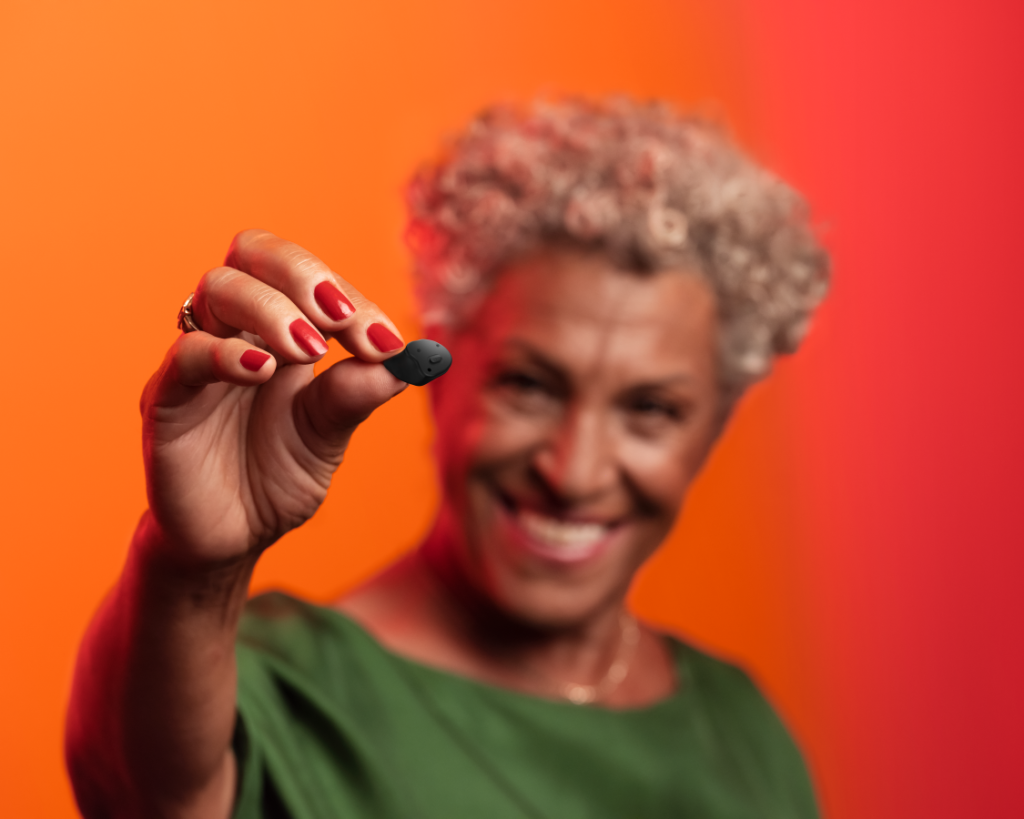
Signia IX features breakdown:
- 5 different technology levels across 4 models
- Rechargeable and telecoil versions available
- Dual processors for more intelligent sound awareness
- Augmented Focus for better sound contrast
- Signia Assistant Artificial Intelligence
- Tinnitus support, including Signia’s Tinnitus Notch Therapy
Widex Moment Sheer
The Widex Moment hearing aid family was initially released in 2020 and Widex have since been gradually adding to their Moment hearing aid range with hearing aids that boast unique features.
The Moment Sheer is available in three different Receiver-in-Canal (RIC) models across four technology levels; the RIC 10, which is the smallest of all the hearing aids mentioned in this review; the RIC 312 and the S RIC RD, which is their Sheer model.
The RIC 10 uses disposable size 10 batteries, and there is one drawback; this model as it doesn’t come with Bluetooth. However, if size is important for you, it’s still a worthy hearing aid to consider. The RIC 312 model uses disposable size 312 batteries, but with this model, you get the added benefit of built-in Bluetooth. Finally, the S RIC RD is rechargeable and features built-in Bluetooth.
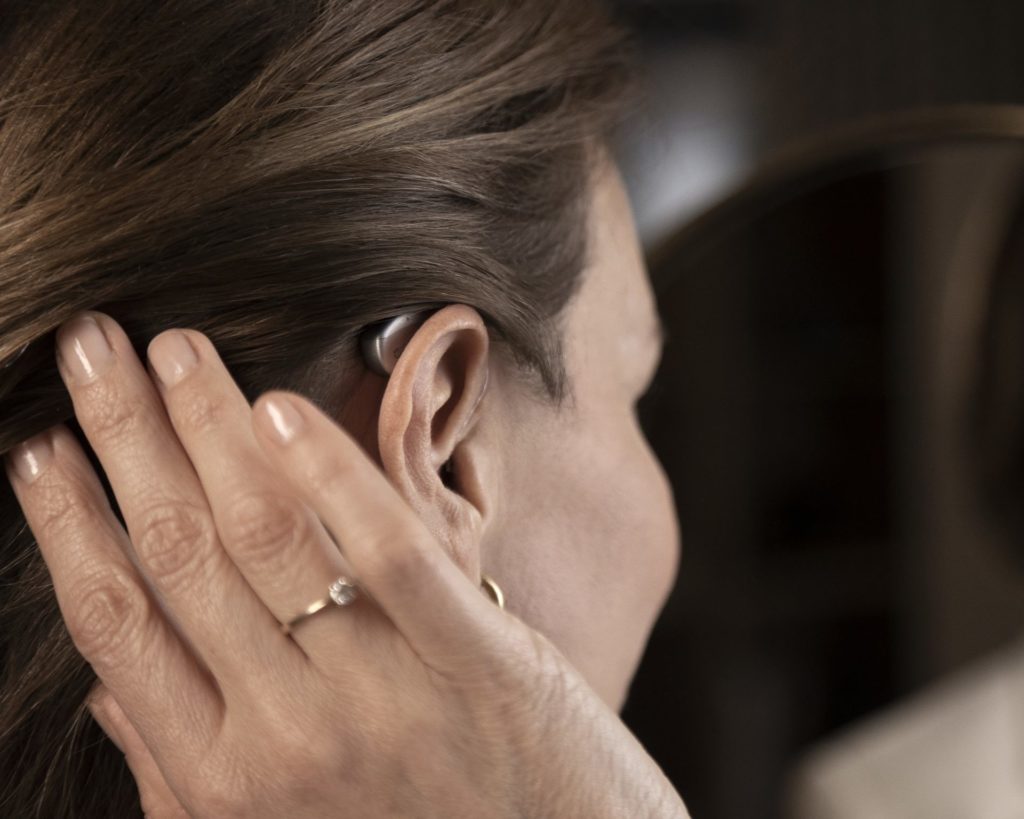
Widex Moment Sheer hearing aid features
These small-but-mighty hearing aids are packed full of unique features and benefits, some of which we haven’t seen in other hearing aids mentioned so far in this review.
Widex PureSound
This program has been built with mild hearing loss in mind and uses Widex’s zero-delay technology which processes sounds between 8 to 20 times faster than other Widex hearing aids.
What this means for the wearer is clearer, higher quality sounds, improved speech understanding and more natural sound compared to other hearing aid technology currently available.
Intelligent AI technology
Widex has a unique way in which they utilise AI technology and understanding. With the Bluetooth compatible Moment Sheer hearing aids, using their smartphone app, you can adjust the settings to teach the hearing aids when to automatically adjust to specific preferences while in the appropriate environments.
With the aid wearer’s input, the hearing aid’s decision-making process becomes more in tune with the wearer’s preferences, giving greater listening comfort and subjective sound quality.
Fractal Zen Tone Therapy
Widex is well-known in the industry for its unique Fractal Zen Tone Therapy. This feature plays chime-like tones that can be used for relaxation and for making tinnitus less noticeable. This is individualised according to a user’s hearing loss and also takes background noise into account.
There are various tones to choose from, so the wearer can choose a tone that provides them with the best relief from tinnitus. If tinnitus is a bothersome issue, even without hearing loss, this form of therapy can make a significant difference.

Widex Moment Sheer features breakdown:
- 4 different technology levels across 3 models
- One of the smallest hearing aids on the market
- Rechargeable option available
- Intelligent AI technology using their app
- Built-in Bluetooth available
- Remote, professional hearing aid adjustments
- Fractal Zen Tone Therapy feature
Find your perfect hearing aid with Harley Street Hearing
We appreciate that understanding what you want, and more importantly, need from a hearing aid can be difficult – especially with so much choice on the market. That’s why our expert audiologists can help you choose your perfect hearing aid.
Book your hearing test and consultation where we can test your hearing capacity and create your bespoke hearing aid. If you’re interested in finding out when this and all new hearing technology is available in the UK contact us below or call 020 7486 1053.
Reviews on the best hearing aids for 2024
Matthew Allsop is a Partner at Harley Street Hearing, and a content creator for Hearing Tracker, where he shares his honest opinion on all new hearing aid technology. Hearing Tracker is the world’s first truly independent resource for hearing aid customers. You can view his video where he shares his opinions on the latest hearing aids for 2024 below.
Enjoy this article? You might be interested in some of our others:


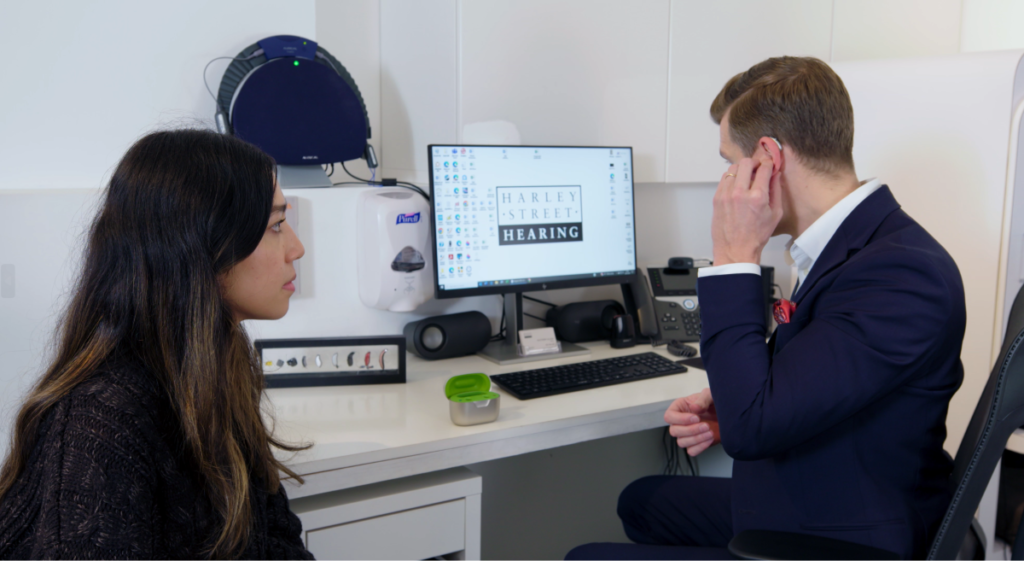


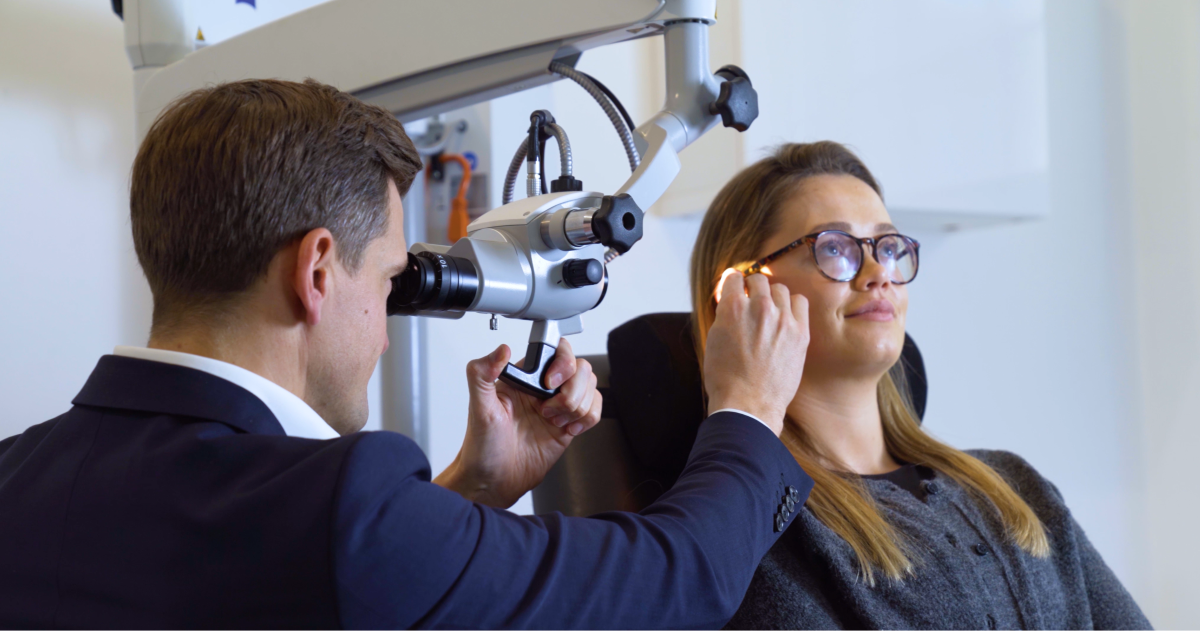
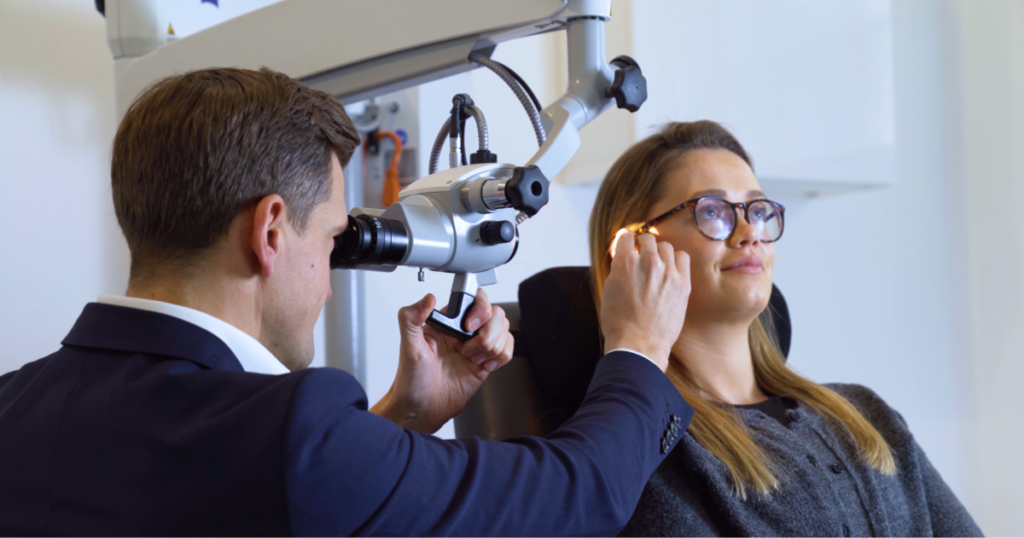
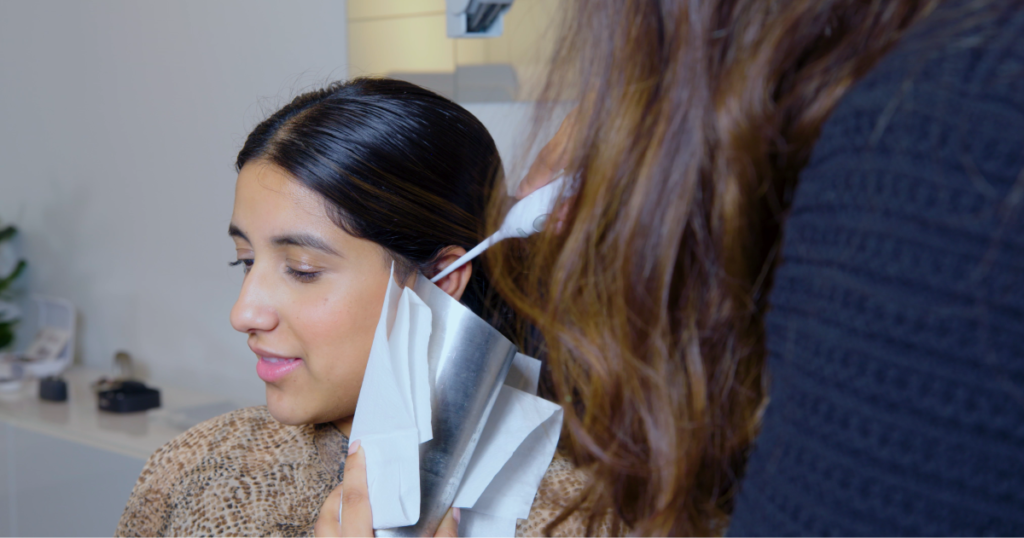

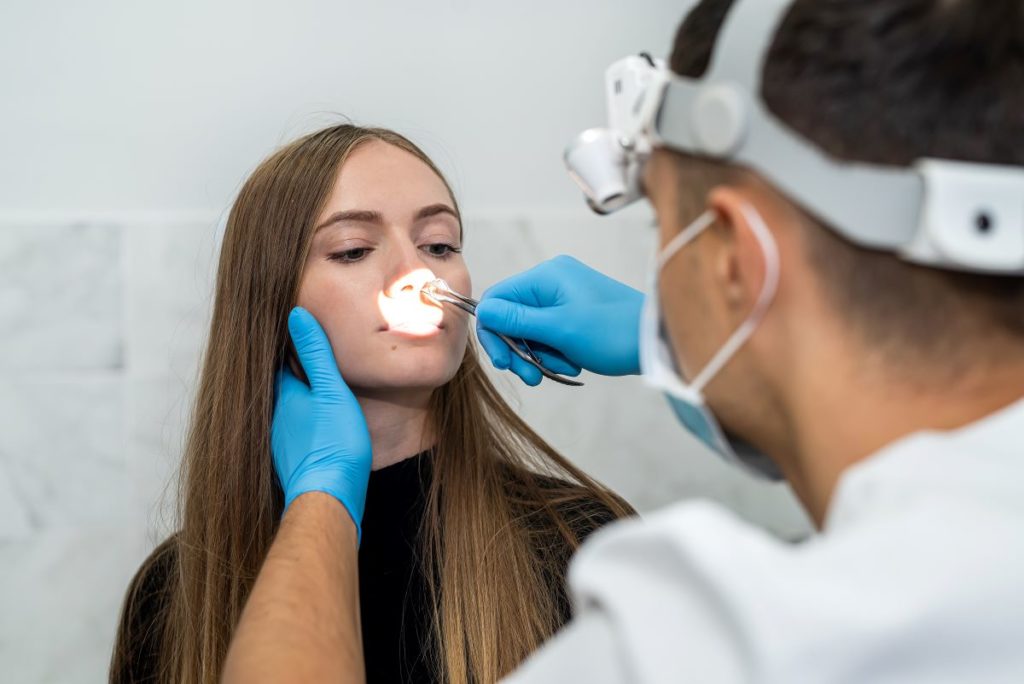

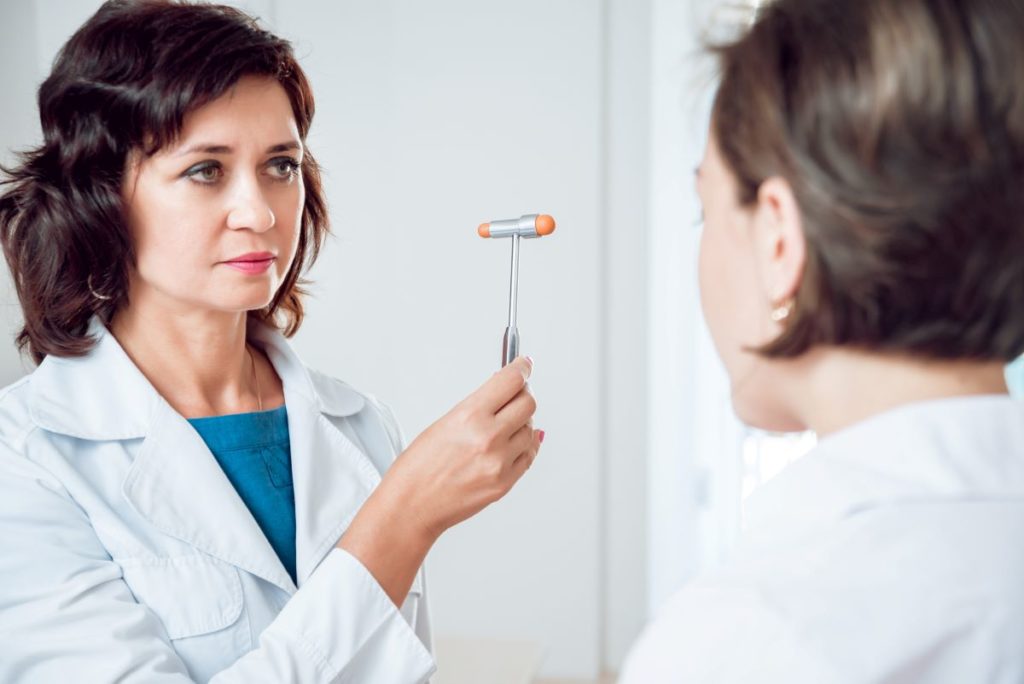
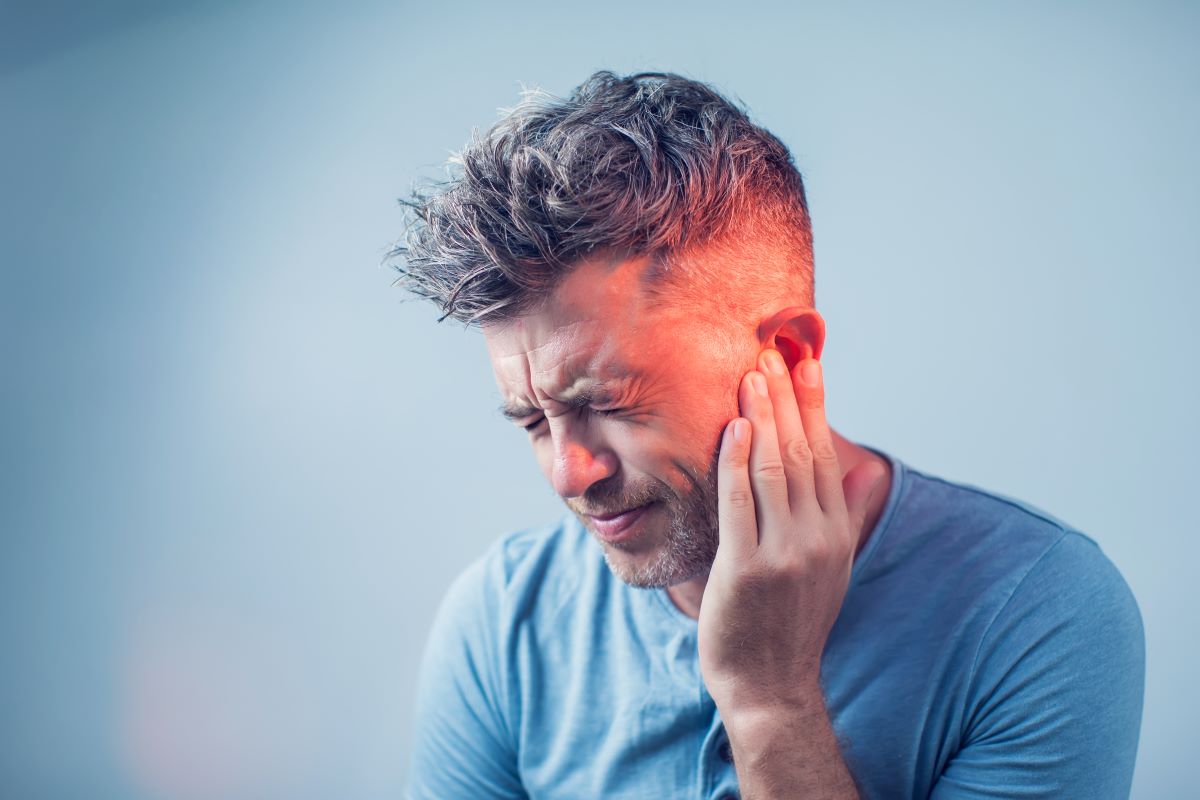
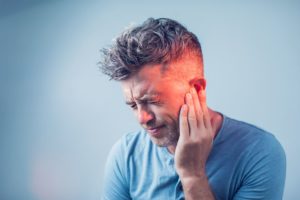 Musicians’ Hearing Services
Musicians’ Hearing Services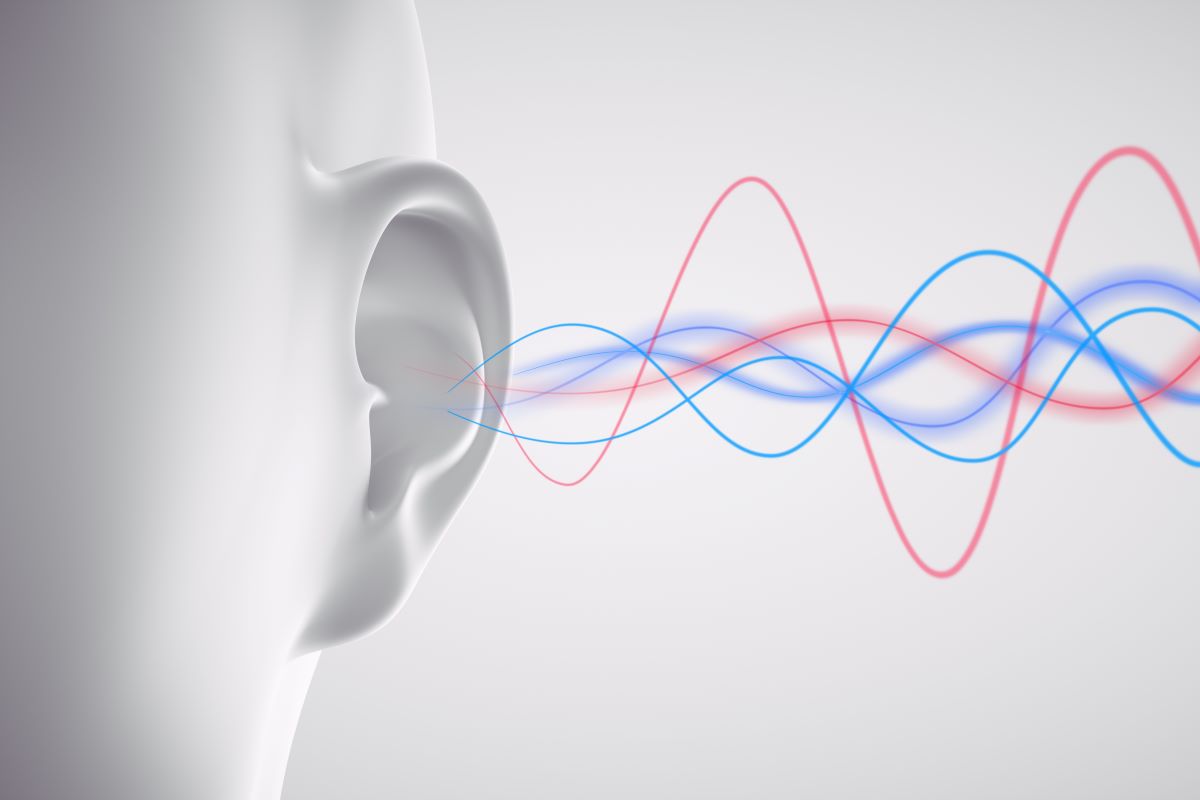
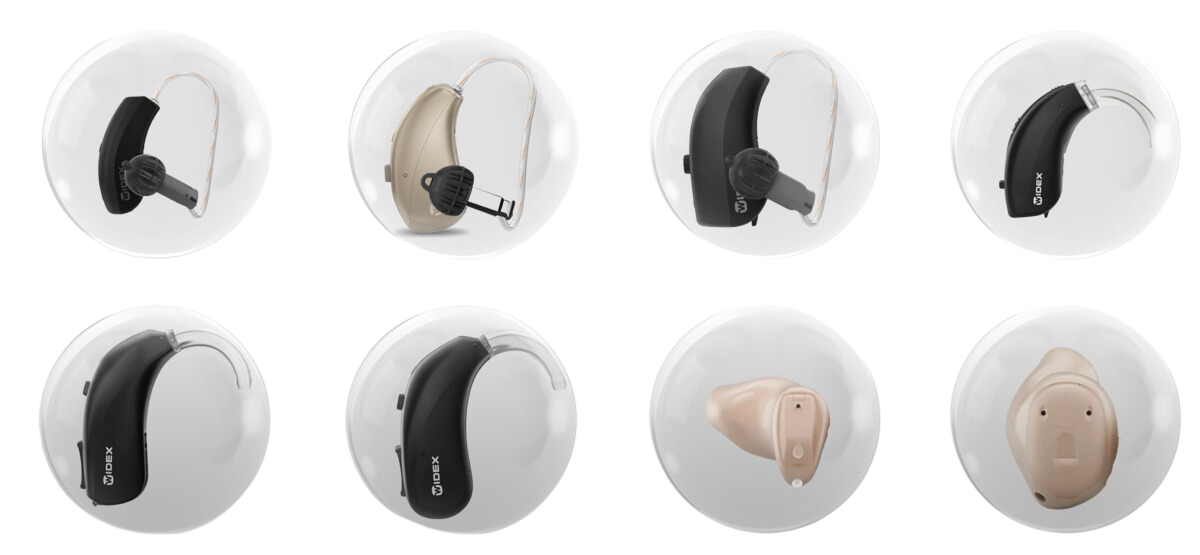
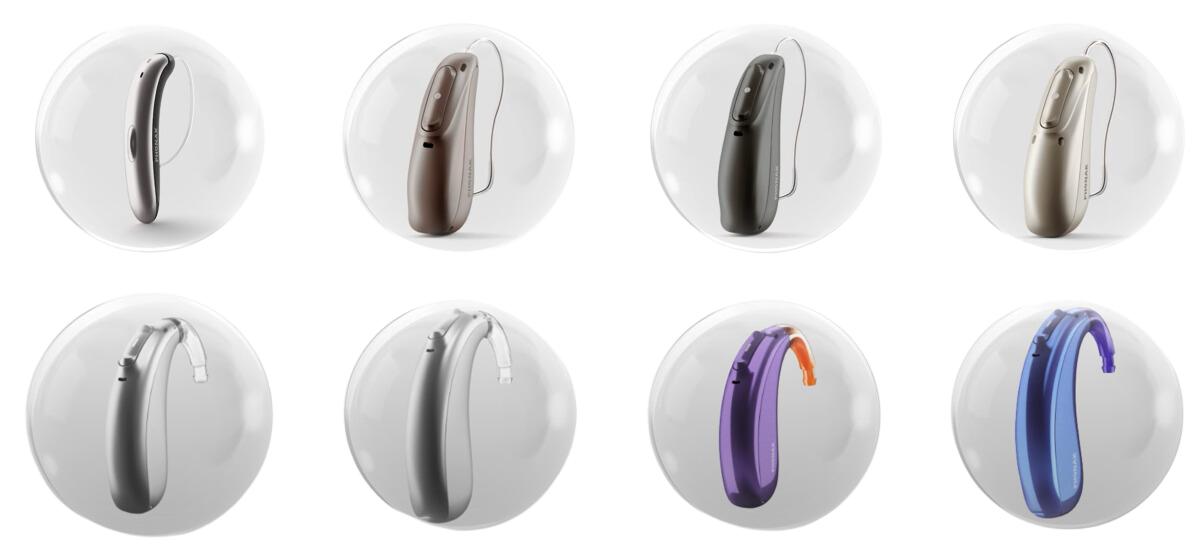
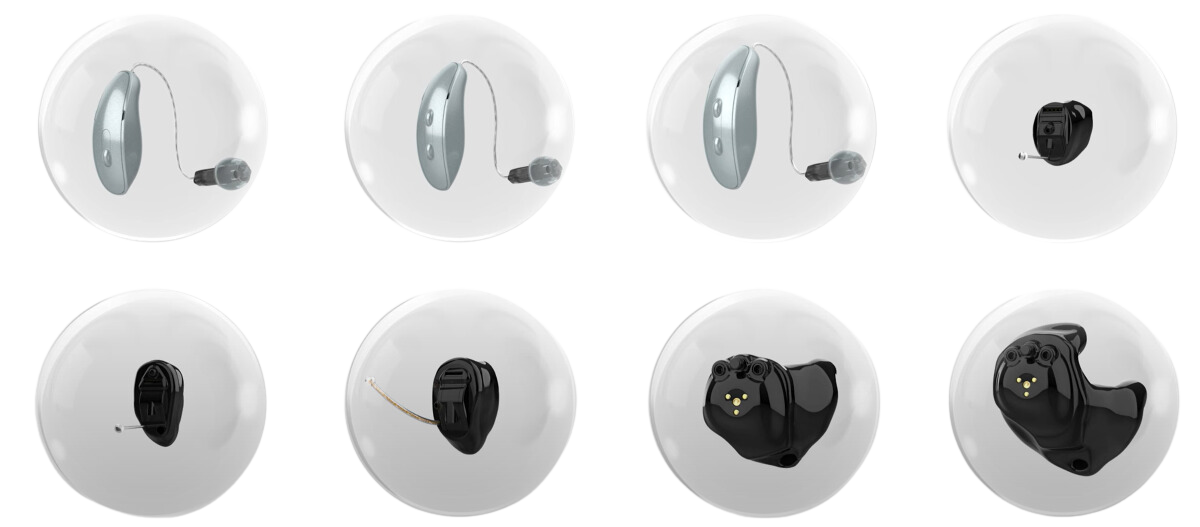
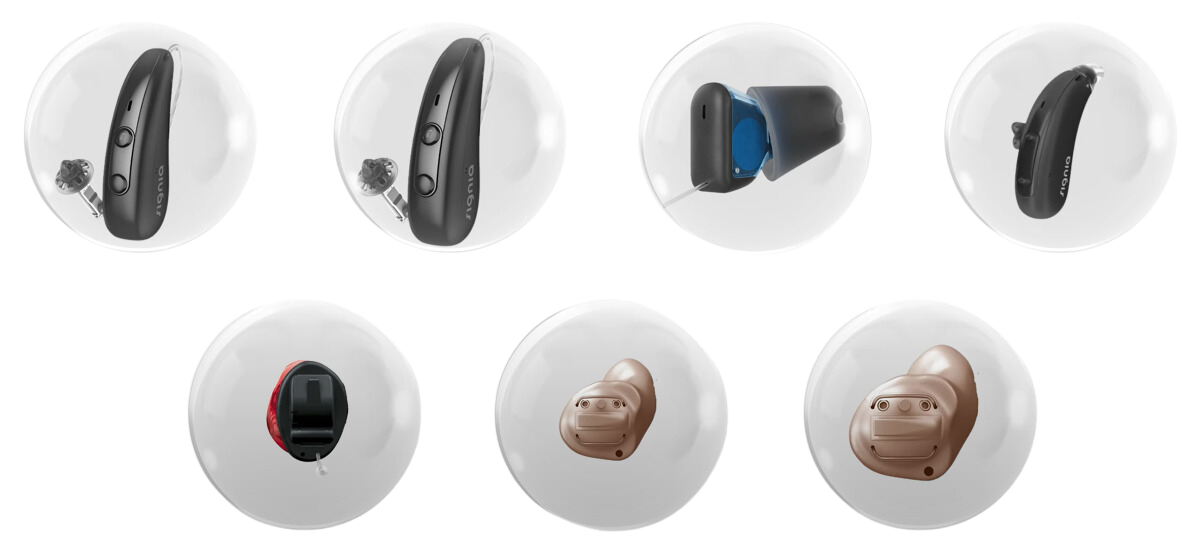
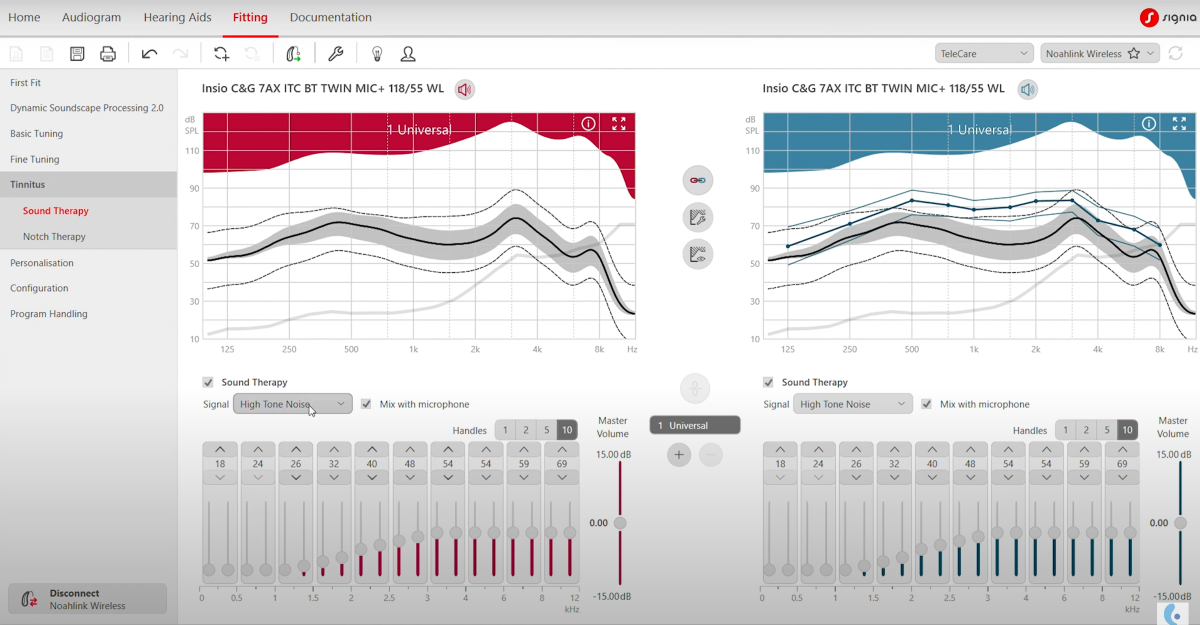
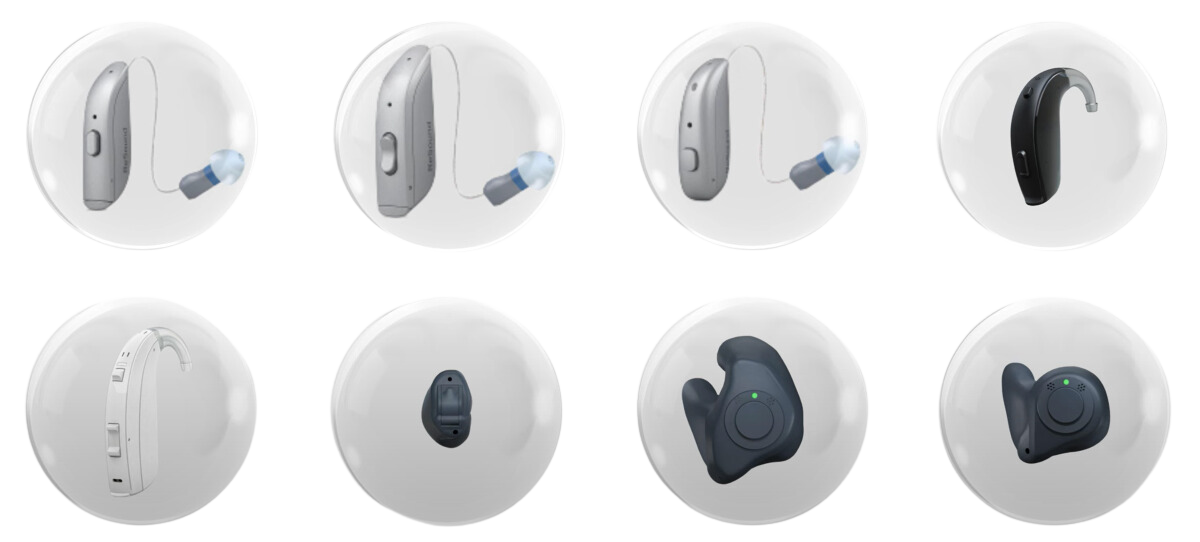



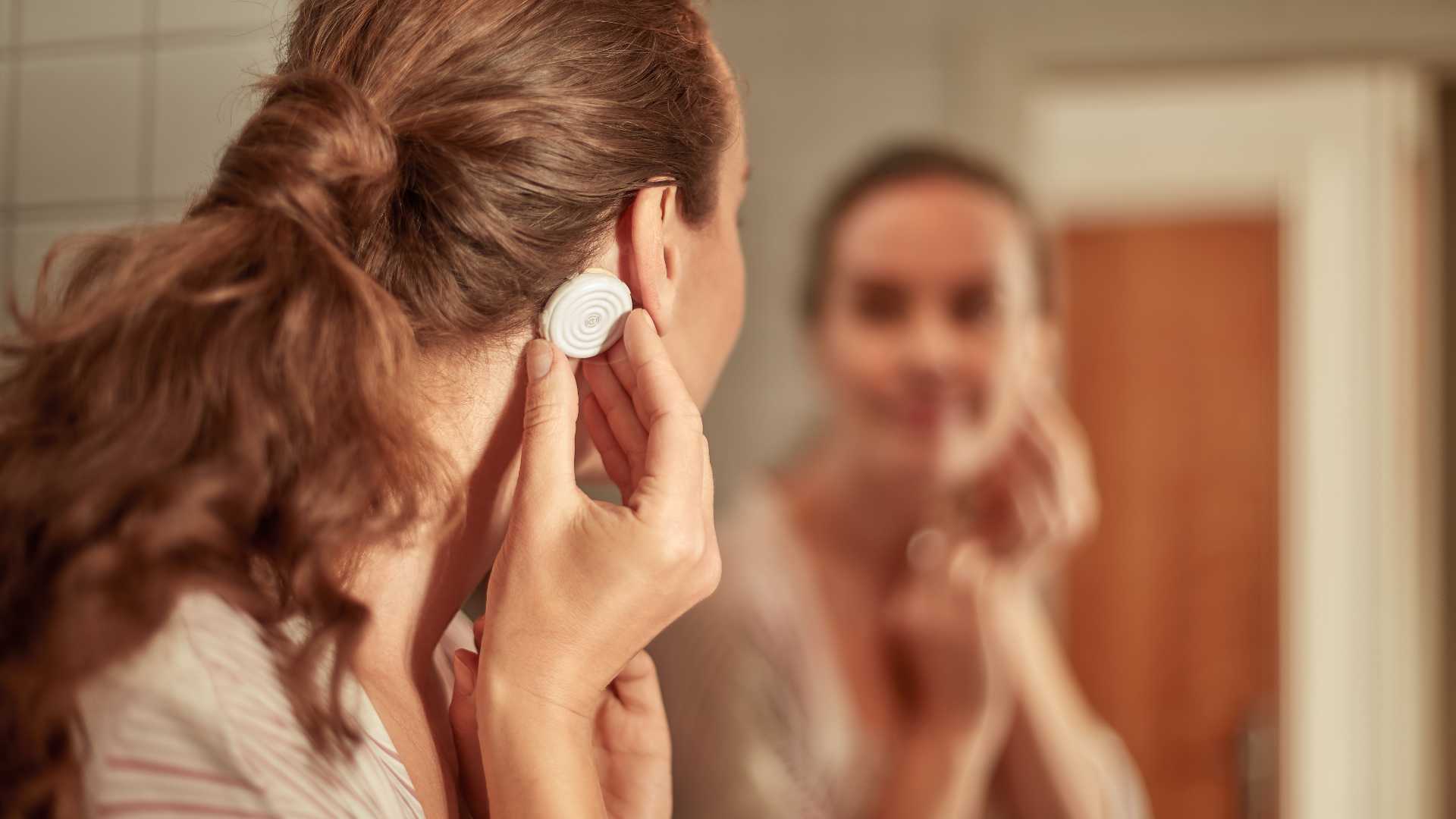



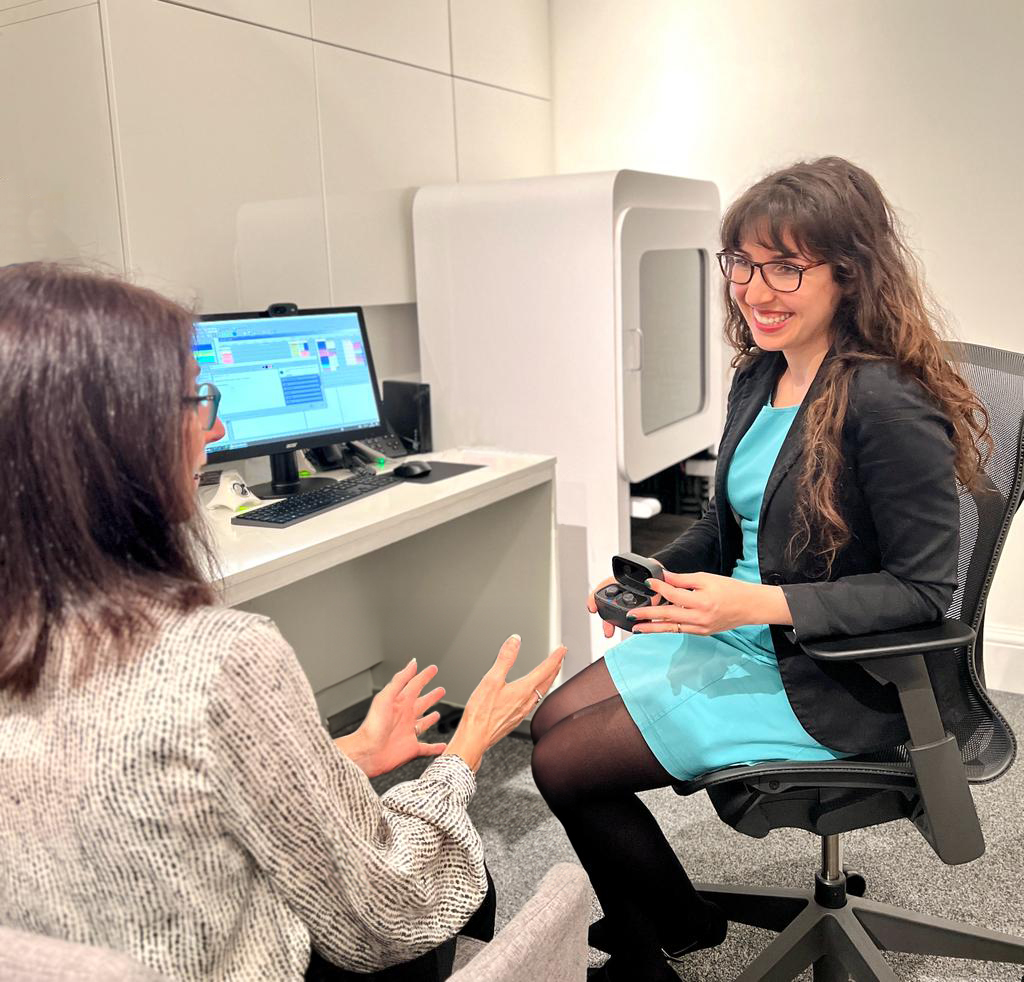


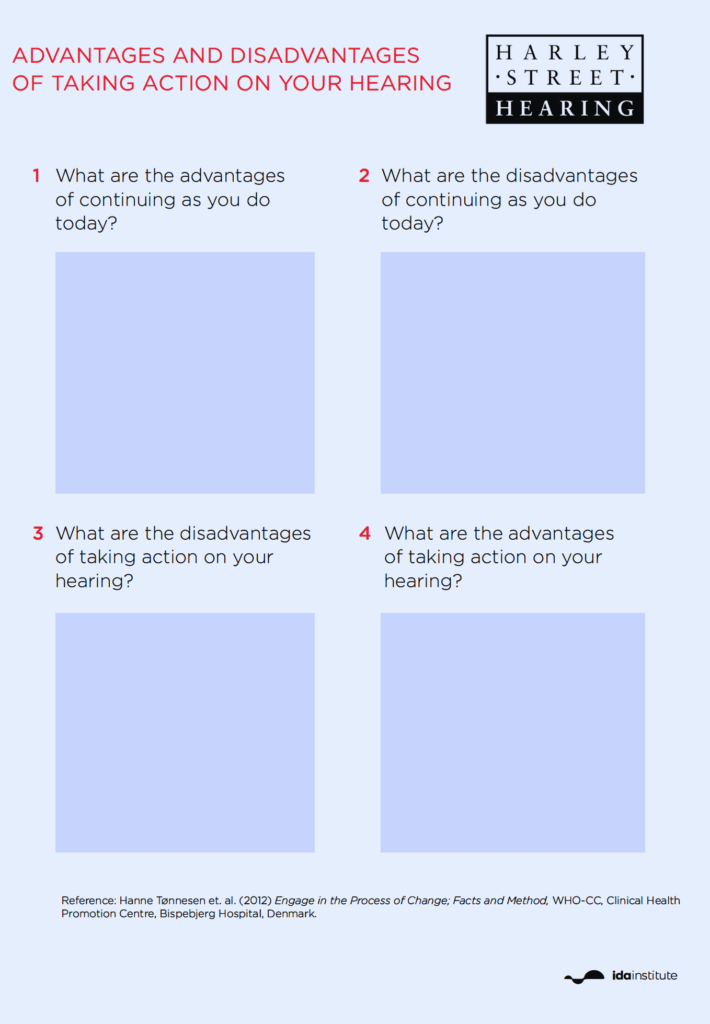
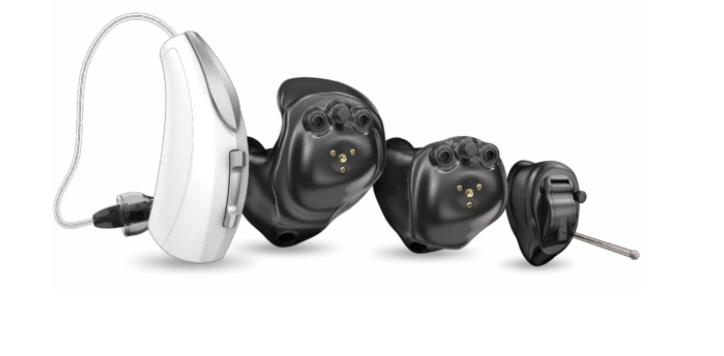
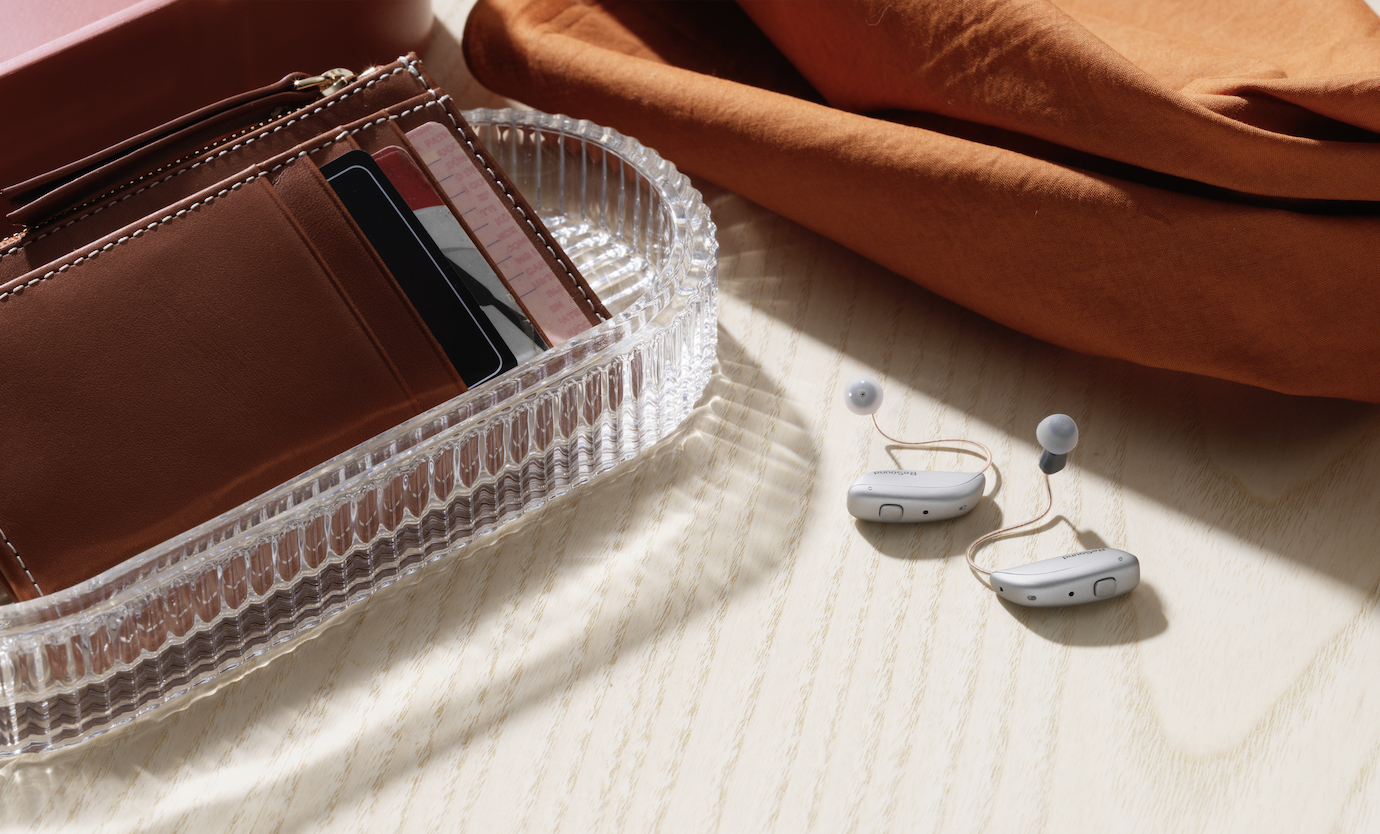


 Taking a proactive step towards reducing your dementia risk
Taking a proactive step towards reducing your dementia risk










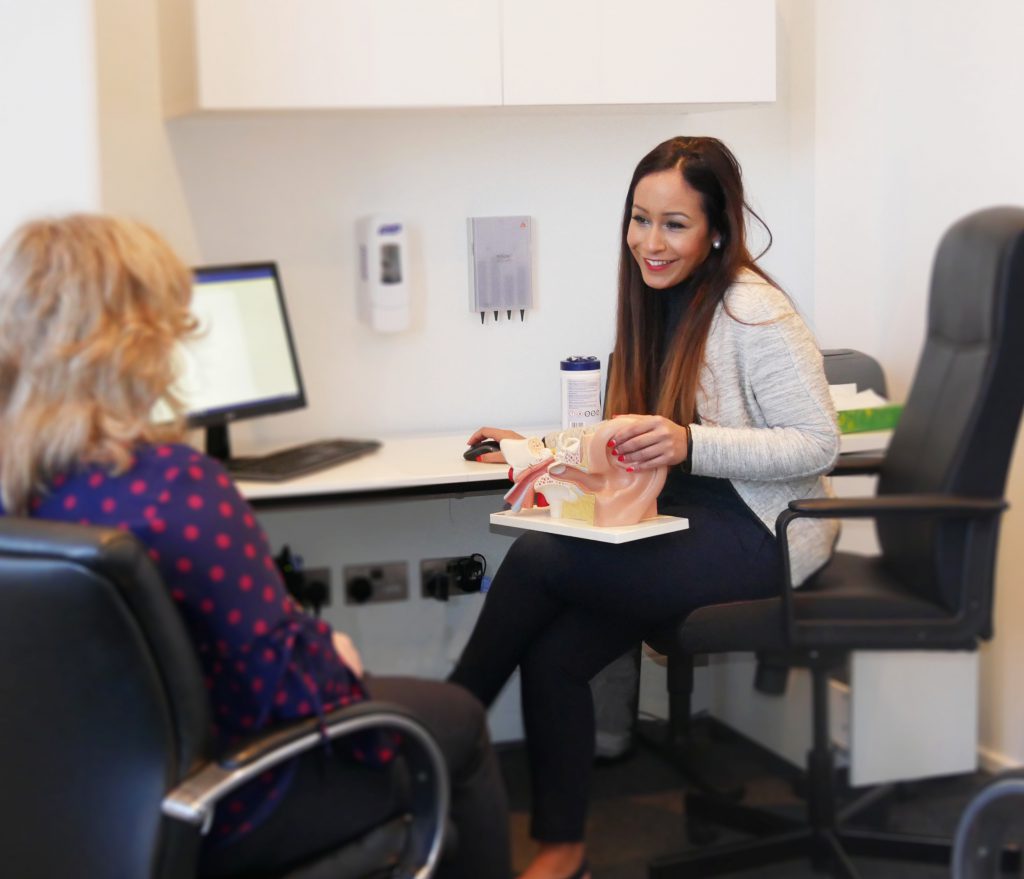
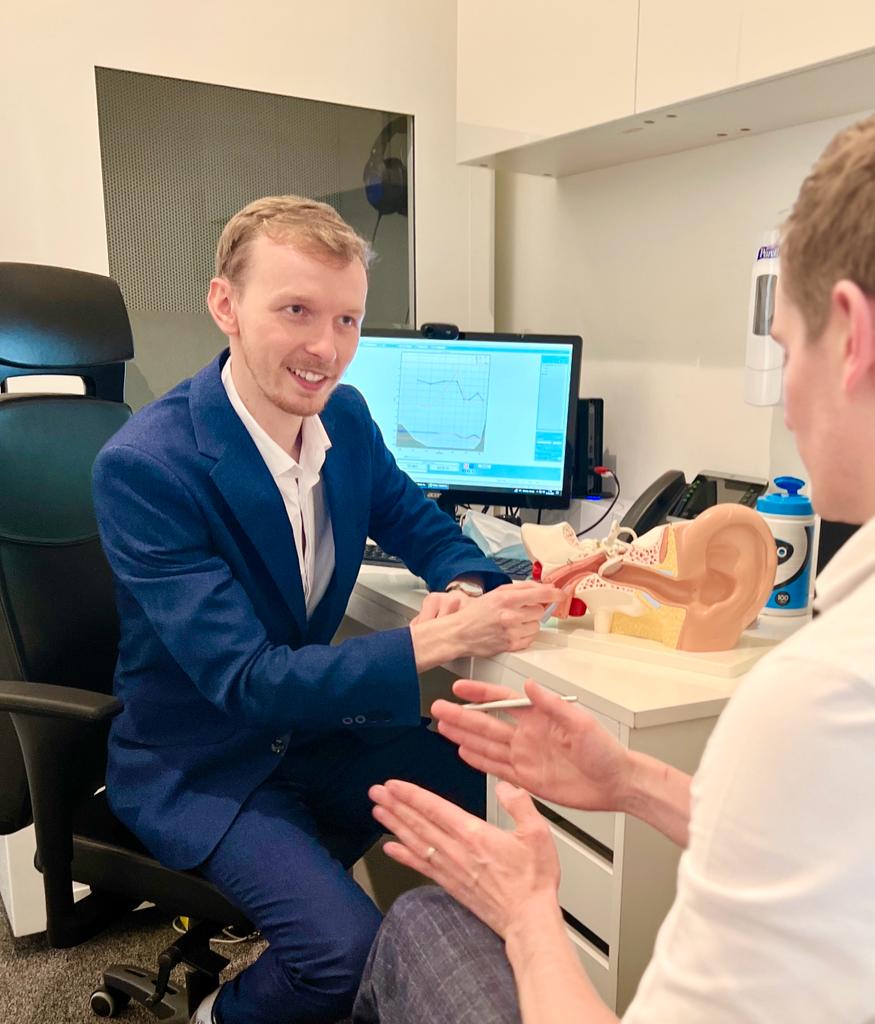







Recent Comments